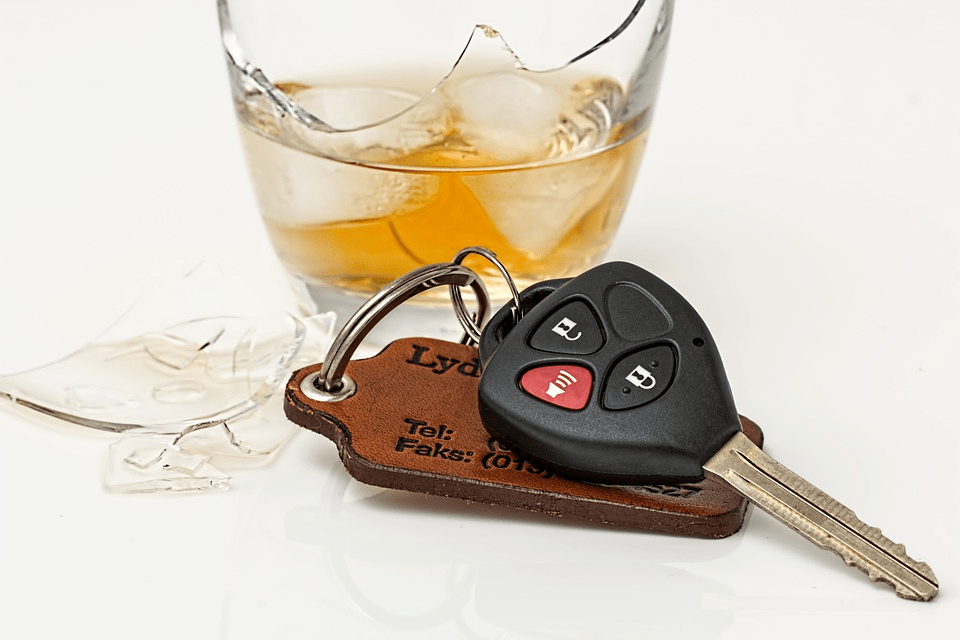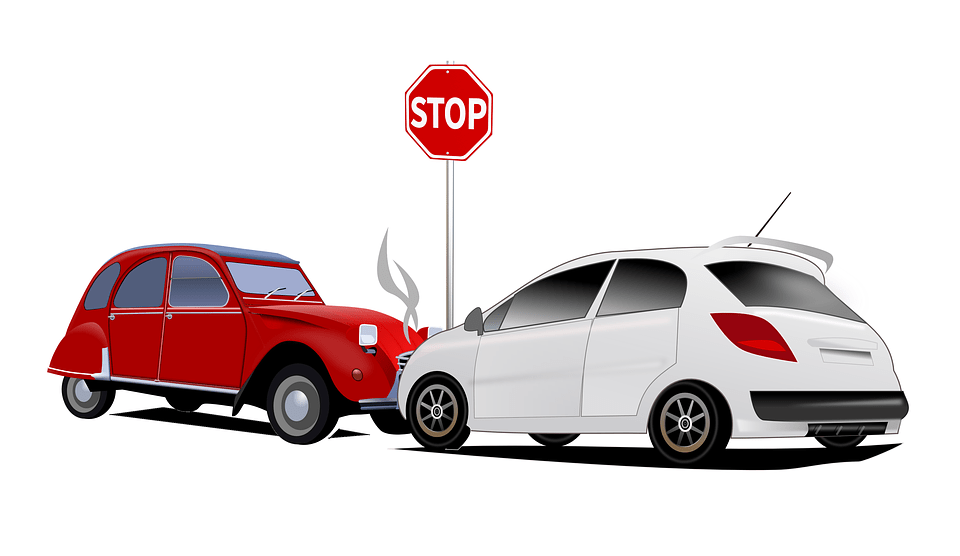When seated in the metal box called a car, many don’t think about all the wrong things that could go wrong and consider themselves safe and sound. What we all forget is that we are first and last responsible for any danger happening to ourselves and other beings in the car with us. Even if we’re merely the passengers, we’re subjected to the driver’s state of mind, preparedness and miscalculation.
Believe it or not, more than ninety percent of motor vehicle crashes in Illinois are caused, in part or totally, by human error. And this metal box which is there to protect, is, very often, turned into someone’s wooden box.
What are the most fatal human faults that we haven’t overcome in hundred years of driving and what can we do to prevent crashes and collateral damages?
Distraction – Counteraction
Being distracted while driving is, by far, the most common cause of motor vehicle accidents in the United States.
How many times have you taken a seat in the car but already knew that you are not mentally prepared for such a task? Are you driving with your friends or family where you have the urge to join the conversation or pay too much attention to your children in the back than what’s in front of you? Are you using multimedia, having business calls, thinking about something that’s bothering you, or what to prepare for dinner?
A distraction is anything that draws the driver’s eyes away from the road (a visual distraction), hands away from the wheel (a motor distraction), or mind away from being present in a moment (a cognitive distraction).
The difference between life or death could be in fighting the urge to send texts, turning your upper part of the body to see something, volumizing down any auditory distractions, and stopping to daydream.
Remind yourself that your one and only action is driving.
Speed – Plead
Speeding has always been the functional downside of the main reason why we started to drive – moving fast safely from point A to point B.
However, due to pandemic and emptier streets, a new trend of faster driving is emerging resulting in a 14% increase in speeding, just in Chicago. The adrenalin, constant rush, and impatience are at the very second place, and they’re attributed only to human inducement.
Very often, casualties and crashes caused by exceeding the speed limit are harder to legally resolve because the driver who caused the crash may state that the mistake was due to unclear road signage or that they were actually trying to avoid the crash, or their car malfunctioned. Either way, you might need to legally get help after a car accident since your best chances are hiring a good team of lawyers who will prove your side of the event. Professional help is crucial in these situations, whether you were the speeding driver or a more hurting side.
Influence of Alcohol and Drugs
This error was also happening more often than you think, but thanks to a set of legal measures, lectures, and instructions, the drunk driving fatalities are getting lower on this list, in recent years, if not decades.
Still, illegality and restrictions aside, driving under the psychoactive influence is extremely dangerous and with senses dulled by intoxicating chemicals, nobody should be allowed to get behind the wheel. Many believe that if they don’t feel dizzy and are actually aware of what is happening around them, they can drive, but the sad and fatal truth is that their sight, motor coordination, and judgment are still under influence and this sort of intermedia driving is a risk in causing major collisions.
Aggressiveness and Recklessness
Driving in disregard for the safety of persons and property involves and type of driving where you drive excessively fast (driving 31 mph or more over the posted speed limit), make illegal turns or pass the red traffic lights, loop between lanes, or purposefully drive the centerline which, again, results in blocking other cars from passing. Reckless driving is also cutting other cars off or passing by them illegally and dangerously (over a full-line, f.e.), tailgating them, or performing street races.
In these scenarios, the law is accordingly aggressive too. If you like driving recklessly with fast cars especially, be prepared for a fine of $200, a six-month driver’s license suspension, and up to 90 days in jail. However, if you as the reckless driver cause serious bodily injury to another individual, the indictment can land you in prison for up to seven years.
Drowsiness – Rowdiness
The reason why this type of error is lower on our list is actually the “underreporting” – tiredness and fatigue are often not noted as the cause of accidents on a police report. Although drowsiness can generally be filed under distraction, it has a more deep and chronic effect on the driver than something happening in a particular moment of driving. Tired and fatigued drivers simply suffer from slower reaction times and confused decision-making.
While chronic sleep deprivation, for example, can blunt a driver’s ability to adequately respond and react to conditions on the road, nodding off (or micro-sleeping) behind the wheel for a second or two makes it enough for a vehicle to crash.
Traffic signs much?
Lastly, it is the disrespect of traffic signs as well as lightning ones.
Around 40% of car accidents occur at intersections, with the cause being running a red light or a stop sign that wasn’t respected or seen, in cases of speeding and aggressive driving. Considering that traffic lights last for a minute or two, consider if that is worth risking injury or even killing yourself or others.
If you recognize yourself in here, do try to practice never do it on purpose either, even if you think or you’re sure no other vehicles are around. Exercise patience and traffic rules to improve your driving culture and better the traffic in general.
Motor vehicle crashes are a leading cause of death in the United States and you should deeply think about that. When getting behind the wheel, make sure not to make tragic and continuous mistakes and assume you can multitask, for example. All the activities involving non-driving-related visual, motor, and cognitive tasks which are affecting our mental focus are doomed to constantly result in crashes.
Make sure to always be aware that seconds matter, and that even if the worst happens, you have, as any victim of collisions, a legal right to compensation.















